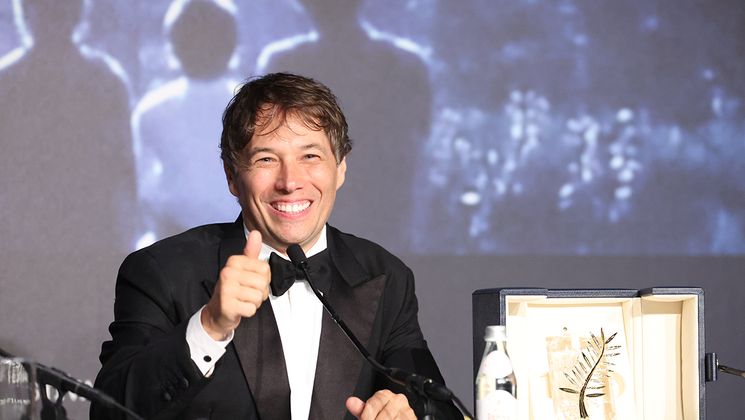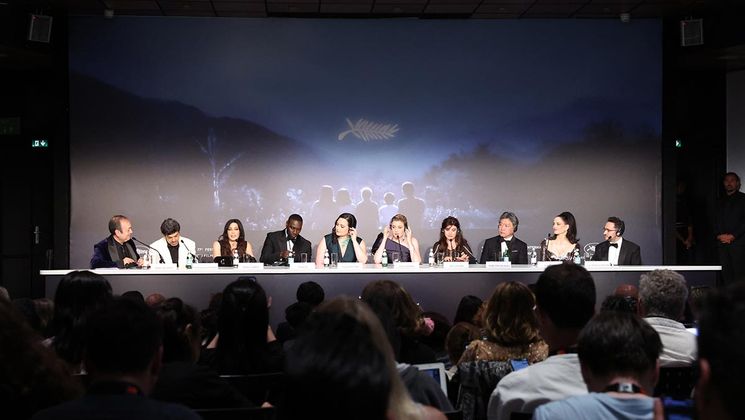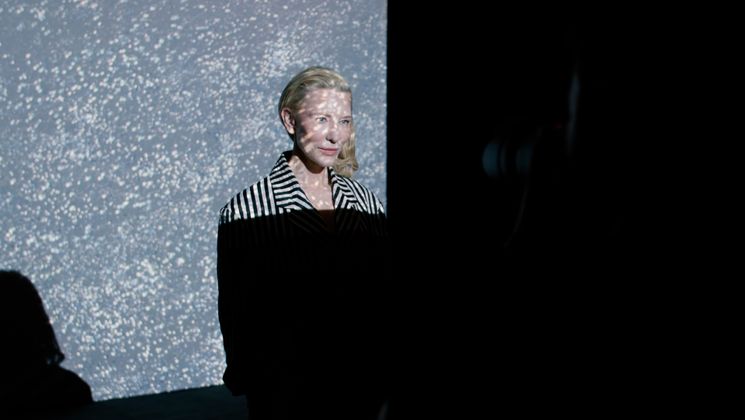
Miloš Forman’s tragi-comedy Lásky jedné plavovlásky (Loves of a Blonde)

In 1965, Miloš Forman made his second feature film, Lásky jedné plavovlásky (Loves of a Blonde), imbued with the tragi-comic edge that would characterise all his later works. The film, set against the background of the anxieties of Czech youth in the 1960s, is presented in restored version as part of Cannes Classics.
One year after Černý Petr (Black Peter) (1964), a light social satire which earned him a place amongst the new generation of promising Czech directors, Miloš Forman continued in this comic vein with Lásky jedné plavovlásky (Loves of a Blonde).
The director brings us the story of Andula (Hana Brejchová), a young worker seduced one evening by Milda (Vladimír Pucholt), a pianist from Prague, with whom she spends the night.
After breaking up with her boyfriend, the young woman heads for the Czech capital to see Milda, who she has fallen in love with. But she soon realises that for the pianist, it was nothing more than a one night stand.
With this bittersweet comedy, which portrays one of the rare heroines of the Czech director's filmography with a blend of tenderness and black humour, Forman paints a picture of a disillusioned and anxious Czech youth, despite the first hints of what would become the freedom of the "Prague Spring".
Lásky jedné plavovlásky (Loves of a Blonde) also reflects the spirit of the Czech new wave, which set out to break the mould of filmmaking from its beginnings in the 1960s – particularly in its way of filming daily life.
Presented at Venice, then nominated for a Best Foreign Film Oscar in 1967, the feature film met with huge popular success in the then Czechoslovakia.


